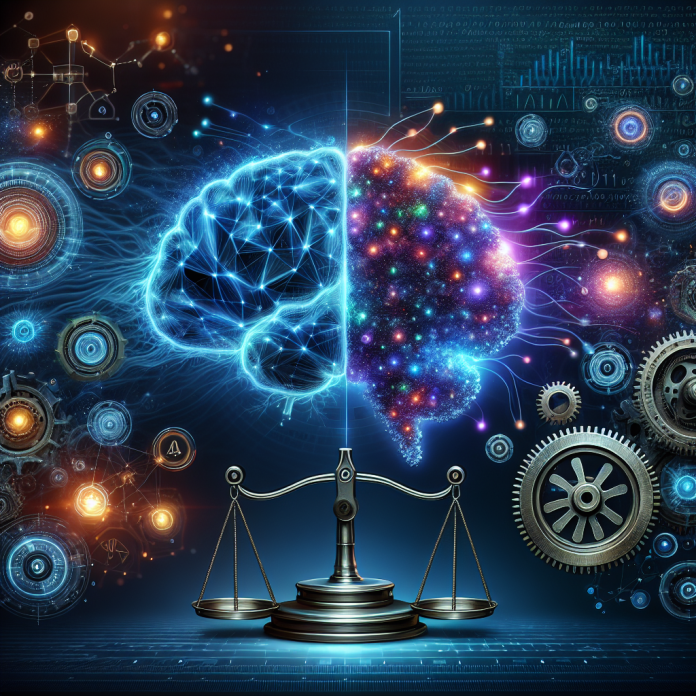Artificial intelligence has been revolutionizing various industries, and two popular branches of AI are deep learning and machine learning. While they may sound similar, they have distinct differences in how they operate and their applications.
Machine Learning
Machine learning is a subset of artificial intelligence that focuses on training algorithms to learn from data and make predictions or decisions without being explicitly programmed. It uses statistical techniques to enable machines to improve their performance on a specific task over time. Machine learning algorithms can be categorized into supervised learning, unsupervised learning, and reinforcement learning.
Deep Learning
Deep learning is a subset of machine learning that utilizes artificial neural networks to model complex patterns in large amounts of data. Deep learning algorithms are inspired by the structure and function of the human brain, using multiple layers of interconnected neurons to extract features and learn representations from the data. Deep learning has gained popularity for its effectiveness in handling unstructured data like images, videos, and text.
Differences
- Depth of Neural Networks: Machine learning algorithms typically have a few layers of interconnected nodes, while deep learning algorithms have multiple layers, allowing them to learn intricate patterns and relationships.
- Feature Engineering: Machine learning often requires manual feature engineering, where domain experts identify relevant features for training the algorithm. In contrast, deep learning algorithms can automatically learn and extract features from raw data.
- Hardware Requirements: Deep learning models are computationally intensive and require powerful hardware like GPUs to train effectively. Machine learning algorithms can run on standard hardware.
Applications
Machine learning is commonly used in applications like predictive analytics, recommendation systems, and fraud detection. Deep learning, on the other hand, excels in tasks such as image recognition, natural language processing, and speech recognition. Both technologies are being applied across various industries, including healthcare, finance, and automotive.
Conclusion
Understanding the differences between deep learning and machine learning is crucial for selecting the right approach for AI projects. While machine learning is more suitable for structured data and tasks with well-defined features, deep learning is ideal for handling unstructured data and complex patterns. Both technologies have their strengths and limitations, and their applications continue to evolve as AI research progresses.

